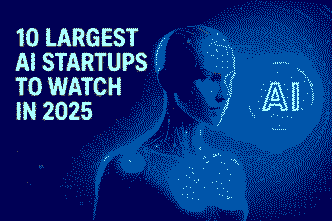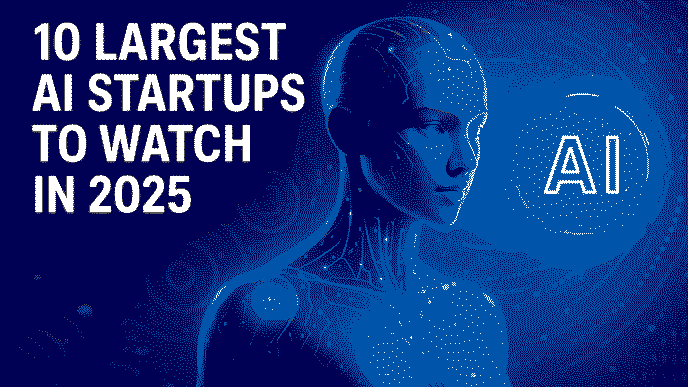Financial forecasting has always been a cornerstone of business strategy—helping companies anticipate market trends, manage risk, and allocate resources effectively. But in 2025, artificial intelligence (AI) is transforming how financial forecasts are made, shifting from traditional spreadsheet models to intelligent, data-driven predictions.
Let’s explore how AI is revolutionizing financial forecasting, and what it means for businesses and finance professionals alike.
What Is Financial Forecasting?
Financial forecasting is the process of predicting a company’s future financial performance based on historical data, trends, and market analysis. It typically includes:
- Revenue projections
- Cash flow forecasts
- Expense planning
- Budgeting and investment strategy
That’s where AI steps in.
How AI Is Changing the Game
AI brings speed, accuracy, and intelligence to the forecasting process. Here’s how:
1. Advanced Data Processing
AI can analyze massive volumes of structured and unstructured financial data—far beyond what a human can handle. It pulls insights from:
- Historical financial records
- Market trends
- Economic indicators
- Social media and news sentiment
2. Real-Time Forecasting
Unlike static, Excel-based forecasts, AI-powered models update in real-time as new data streams in. This allows businesses to:
- React faster to market changes
- Adjust budgets dynamically
- Improve decision-making agility
3. Predictive Accuracy
Machine learning algorithms identify hidden patterns and relationships within data. This leads to more accurate forecasts for:
- Sales and revenue
- Cash flow
- Customer demand
- Risk assessment
4. Scenario Modeling & Simulation
AI tools can simulate thousands of “what-if” scenarios to test different market or business conditions. For example:
“What happens if raw material prices go up 10% next quarter?”
“How would a 5% drop in customer retention affect revenue?”
This helps CFOs and financial planners create strategic contingency plans.
Use Cases Across Industries
AI-driven forecasting is being applied in various sectors:
- Retail: Predicting seasonal demand and inventory needs
- Banking: Estimating loan defaults and market volatility
- Manufacturing: Forecasting supply chain costs and raw material prices
- Healthcare: Budgeting for patient care and insurance claims
Tools and Platforms Leading the Way
Some of the popular AI-based financial forecasting tools include:
- IBM Planning Analytics
- Oracle Adaptive Intelligent Apps
- Workday Adaptive Planning
- Kyriba (for treasury forecasting)
- QuickBooks with AI plugins (for small businesses)
Many of these tools integrate with ERP and CRM systems for deeper financial insight.
Challenges and Considerations
While AI brings powerful advantages, businesses must also navigate challenges such as:
- Data quality: Poor data leads to poor predictions
- Talent gap: Not all teams are ready to adopt AI tools
- Interpretability: Complex models may lack transparency
- Over-reliance: Human judgment is still crucial alongside AI outputs
Final Thoughts
AI is reshaping financial forecasting from a backward-looking, spreadsheet-heavy task into a forward-looking, strategic advantage. By embracing AI, businesses can:
- Make faster and smarter financial decisions
- Improve risk management
- Gain a competitive edge in a volatile market
As AI tools become more accessible and intuitive, companies of all sizes—from startups to enterprises—will be able to harness forecasting as a real-time, AI-powered business compass.













